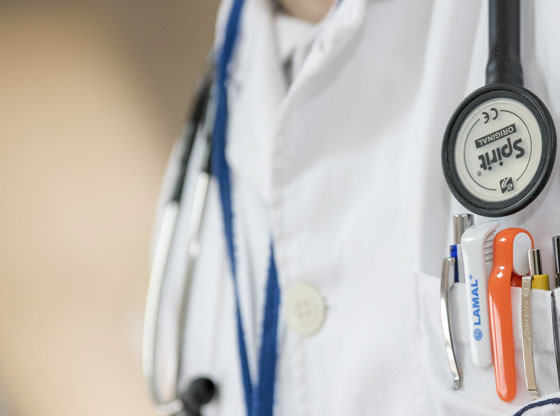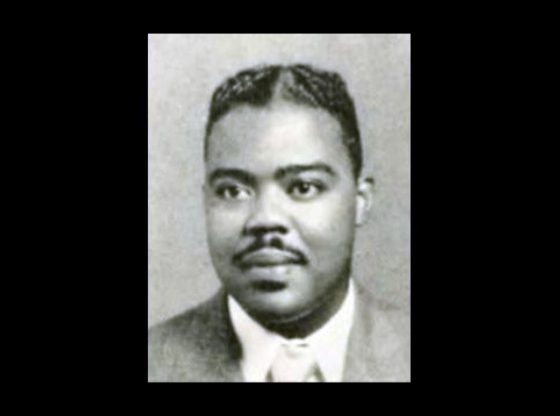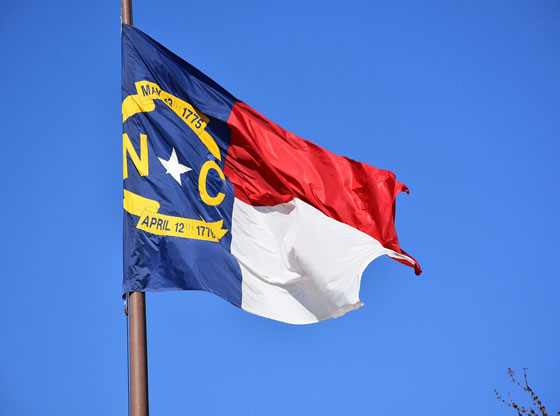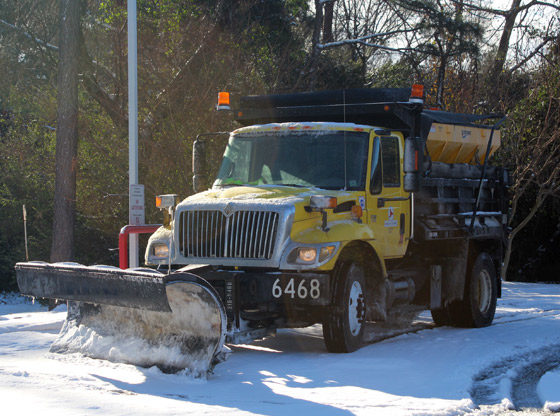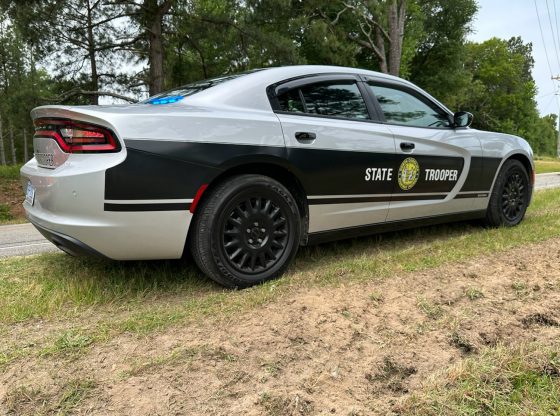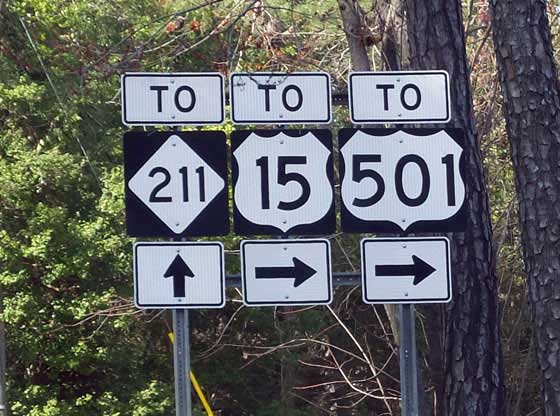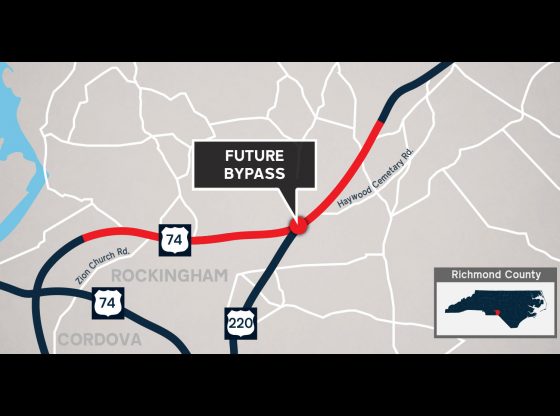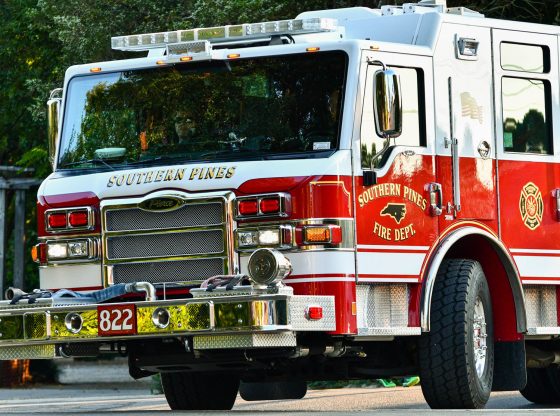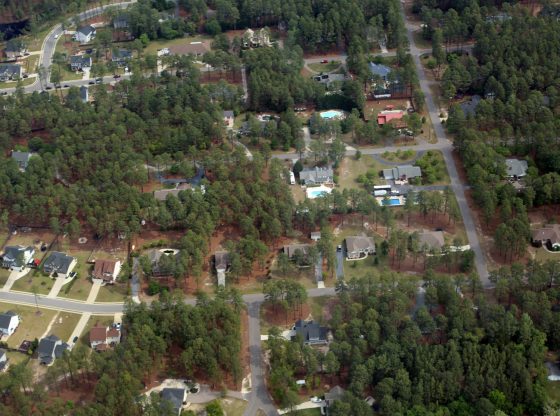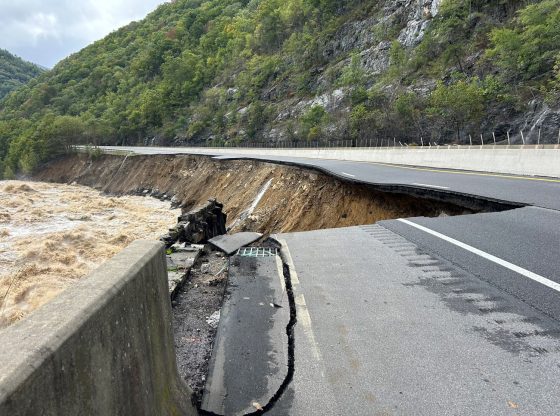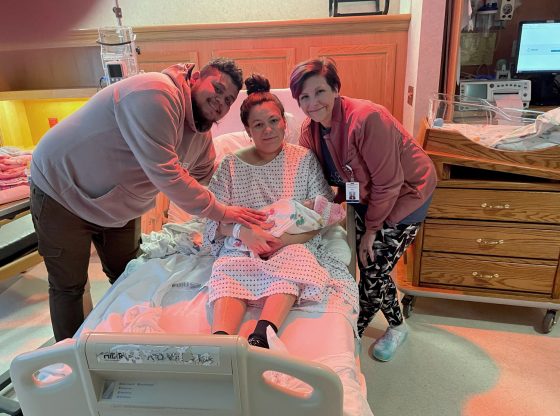North Carolina State Treasurer Dale R. Folwell released a report today finding that 340B hospitals billed state employees an average price markup of 5.4 times their discounted acquisition costs for oncology drugs. Hospitals generated average spread profits as high as $13,617 per claim on cancer drugs paid for by the North Carolina State Health Plan for Teachers and State Employees.
Treasurer Folwell is calling on state and federal lawmakers to reform the 340B Drug Pricing Program and to provide hospital price relief to state employees and taxpayers.
The 340B Program was originally created to help safety-net providers serve low-income and rural communities, but it has become the second-largest federal prescription drug program in the nation. Under the 340B program, hospitals can purchase most outpatient drugs with an average 34.7% discount from drug manufacturers. Under current law, 340B hospitals have no legal obligation to pass these discounts on to patients or to invest the savings in vulnerable communities.
When treating teachers and state employees with cancer drugs, North Carolina 340B hospitals billed patients at 5.4 times their discounted acquisition costs, collecting an 84.8% higher average price markup than hospitals outside of the program. Instead of serving vulnerable communities, 340B hospitals pursued higher profits by expanding into wealthier neighborhoods with higher rates of health insurance, where patients could pay more for prescription drugs.
Treasurer Folwell invited researchers to analyze State Health Plan medical claims data on outpatient oncology infusion drugs as part the Hospital Transparency Project. With researchers from the University of Minnesota, the State Health Plan also analyzed data from the U.S. Health Resources and Services Administration, socioeconomic data from the U.S. Census Bureau’s Ameri¬can Community Survey, hospital audit¬ed financial statements and Medicare Cost Report data from the National Academy for Health Care Policy’s Hospital Cost Tool.
“Some things are worth getting mad about. This is a program that is meant to help North Carolina families who can’t afford prescription drugs,” Treasurer Folwell said. “Now we know that hospitals are getting rich on the backs of cancer patients, state employees and taxpayers.”
“The way hospitals make money from the 340B program is by administering or dispensing outpatient drugs to patients with the means to pay,” said Sayeh S Nikpay, with the University of Minnesota School of Public Health. “The findings of this study of North Carolina hospitals confirm numerous peer-reviewed studies documenting that hospitals may use contract pharmacies to maximize profits from the 340B program.”
“As a purchaser of health insurance for almost 750,000 people, the North Carolina State Health Plan has a fiduciary obligation to state workers and state taxpayers to ensure it is spending dollars wisely,” said Christopher Whaley, one of the researchers for the report. “This study reveals the high and variable prices charged to cancer patients by North Carolina hospitals. That’s a cost that comes directly out of worker wages and taxpayer dollars.”
The State Health Plan requests that policymakers require profitable 340B hospitals to share their discounts with state employees, teachers and taxpayers. At the very least, policymakers should consider strengthening public oversight of the 340B program by introducing transparency requirements and bolstering accountability for hospitals’ charitable mission.
Link to the report: North Carolina 340B Hospitals Overcharge Cancer Patients.
KEY FINDINGS:
North Carolina 340B hospitals billed the State Health Plan 5.4 times their discounted acquisition costs, collecting an 84.8% higher average price markup than hospitals outside of the program, which were paid 2.9 times of ASP on average.
Individual 340B hospitals collected as much as $6,026 in average profits per claim by charging up to 12.7 times their 340B acquisition costs for oncology drugs.
For example, patients paid Atrium Wake Forest Baptist Health’s High Point Medical Center an average of $5,353 for the oncology drugs that it acquired for an average $517.
Even for one treatment with Pembrolizumab, a cancer drug used to treat melanoma, 340B hospitals reaped an average $13,617 profit off the State Health Plan, billing $21,512 for a drug they acquired for an estimated $7,985
Although the public lacks oversight into hospital 340B revenues, existing evidence suggests that these price markups have generated sizable profits.
North Carolina 340B hospitals recorded higher net profit margins, on average, than non-340B hospitals from 2013 to 2021.
Atrium Health alone reported that the 340B discounts were worth $693 million in cost savings from 2018 to 2020. Atrium Health recorded $252 million in 340B cost savings in 2020, a 1,843% increase from its $13 million cost saving in 2008.
The vast majority of North Carolina 340B hospitals did not provide enough charity care to equal the estimated value of their tax exemptions.
Atrium Health reported $50.6 million more in 340B cost savings than the systems’ total charity care spending in 2018. Atrium Health’s 340B profits were likely much larger after accounting for the price markups charged to insured patients.
Instead of using their discounts to benefit vulnerable communities, 340B hospitals expanded into wealthier neighborhoods with a higher percentage of insured individuals who could pay more for the drugs.
After the Affordable Care Act was passed, the number of 340B hospitals’ contracts with external pharmacies leapt from six in 2010 to 1,059 in 2022.
As the program expanded, 340B hospitals contracted with pharmacies in wealthier neighborhoods, where the average inflation-adjusted median household income was $76,194 in 2020. This was 41.5% more affluent than in 2012, when hospitals’ 340B contracts served neighborhoods with an average inflation-adjusted median household income of $53,857.
Likewise, in 2013, 340B hospitals served neighborhoods where an average 17.4% of the population was uninsured. By 2020 they contracted with pharmacies located in neighborhoods where, on average, just 9.5% of the population was uninsured.
Contributed.


